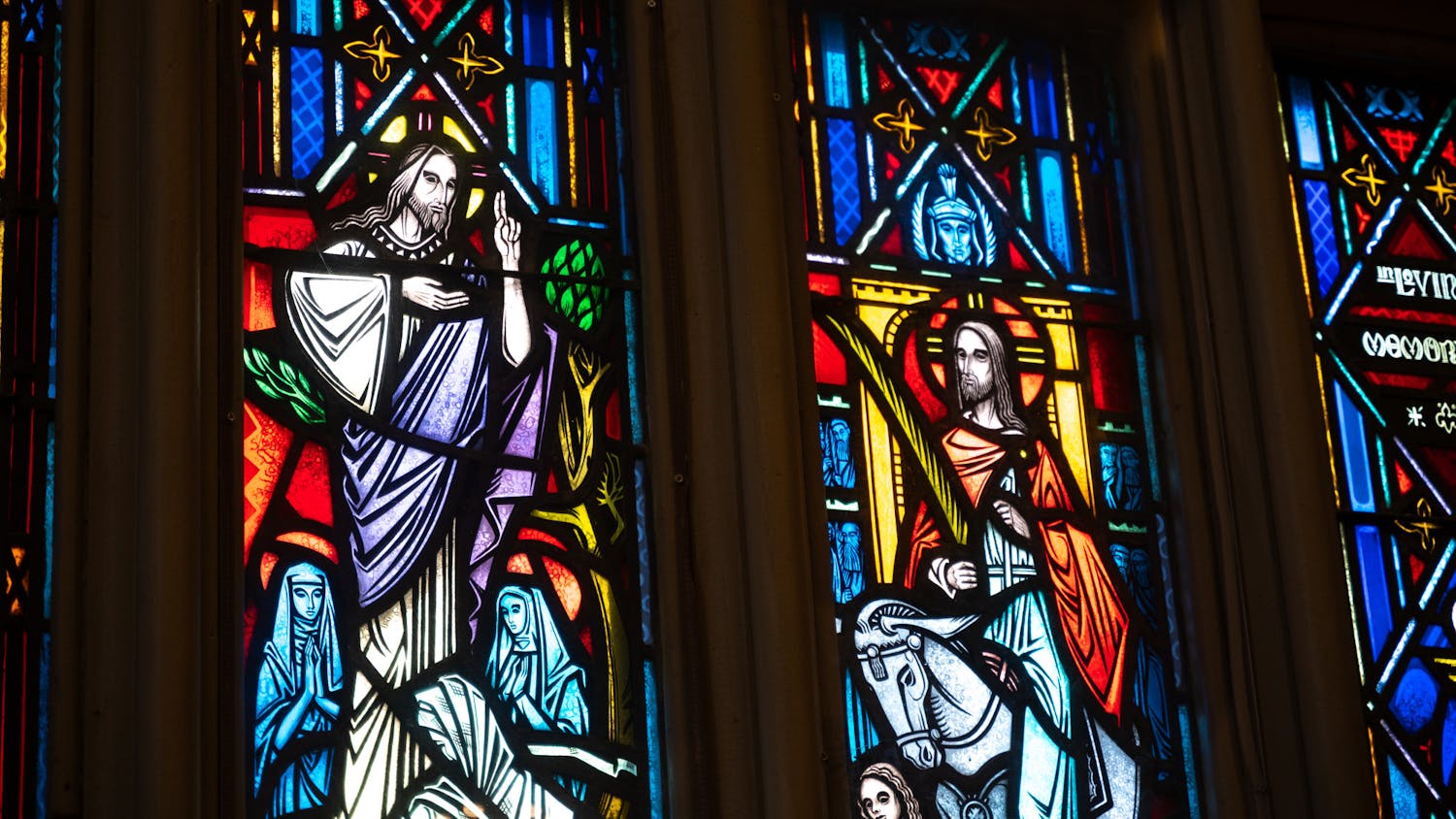Madison has always been perceived as a biking community, and as the weather has started to turn this spring, that’s all the more evident, with thousands of bicyclists hitting the network of trails that interconnect most of the city.
However, this influx of cyclists zipping throughout the area isn’t a new sight—in Madison, biking is a year-round affair.
During the winter the city plows what it calls “arterial bike lanes,” the most-used lanes by bikers.
Even in major snow storms, when trails cannot be plowed quickly, the city instructs snowplow drivers to minimize windrows.
“Like I said, the infrastructure is great, even in the winter time,” said Madison Downtown Erik’s Bike Shop store manager Kenny Peterson. “Sometimes the bike lanes or bike paths are cleared off before the roads or cleared off better than the roads.”
Peterson, who moved to the Madison area in 2012, has been impressed with the strong bike culture the city boasts, no small compliment given he previously lived in the Twin Cities, another metropolitan area regularly lauded for its biker-friendly accessibility.
Madison is ranked as one of the top five bike communities in the nation and achieved platinum status as a bike friendly community at the League of American Bicyclists Awards in November.
UW-Madison specifically received gold status as a campus for its work in making biking a foundation of its transportation system.
The cycling ecosystem has a direct impact on day-to-day life of Madisonians that transcends its appeal to hobbyists.
Peterson, who estimated “90-95 percent” of his staffers commute to his shop via bike, believes the ease of transit, especially along the isthmus, has a profound effect on accessibility.
Services like Madison B-cycle, a bike-sharing organization that services 39 stations containing 350 bikes people can “check out” and then return to other stations in the area, make the urban biking experience all the more smooth for commuters.
“Especially downtown with how crowded it can be, just if you drive a car, how crowded it can be downtown, parking-wise,” Peterson said.
The urban tentacles of Madison’s paths transition seamlessly into the surrounding area, connecting cyclists to the scenic rural trails that make up most of Wisconsin’s geography.
This unique feature is a draw for those looking for a multifaceted cycling experience, according to Peterson.
“I know people who come from out of town who rent a bike to go explore and are like ‘wow, we didn’t know there were so many bike paths,’ or they get out into the country and don’t realize we have hills here… being in this geographical area where you’ve got the city center, but then 10-15 minutes out from the city you’ve got farm roads and country, that is just really unique in that sense,” Peterson said.
Although biking is incredibly popular in Madison, accidents involving bicycles are on the rise, according to the Madison Police Department.
In 2012 there were 75 accidents involving bicycles. Since then every year that number has risen, with 108 in 2014 and 96 through the third quarter of 2015.
In February Dane County Circuit Court Judge William Foust dismissed felony charges against John Dohm Jr. for allegedly running two bikers off the road.
Foust cited the prosecution had a lack of evidence against Dohm.
Prosecuting cases such as that or even cases in which the cyclists die can be difficult. According to Next City, the National Highway Traffic Safety Administration keeps track of cyclists killed, but not charged.
However, MPD is also working to make road-users aware of biking safety.
The Wisconsin Department of Transportation gave MPD 53 grants in the third quarter of 2015. MPD deployed officers to over 30 locations to focus on pedestrian safety, bike safety and alcohol and speed enforcement.
“Having that friendly bike infrastructure I think gets more people riding and feeling safer about it for sure. It just gets more people on bikes. If people feel safer about riding bikes, they’re going to ride a bike. There’s a lot of people who work for the university or students that, they don’t have cars, they all just commute.”
Among the several projects in planning the City of Madison details is the construction of a cycle track, an “exclusive bike facility that combines the user experience of a separated path with the on-street infrastructure of a conventional bike lane,” that would span Mifflin Street between Pickney Street and Fairchild Street along the Capital.
Madison’s cycling infrastructure is constantly in flux, improving on an already well-regarded system.
“I don’t ever really hear anyone gripe or complain about the area because it is super bike friendly,” Peterson said.






